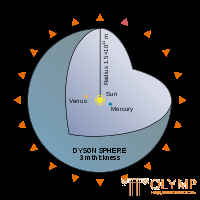
If the megaprojects that will be discussed in our review, ever be implemented, they will be a great achievement of humanity. Indeed, as practice shows, at one point even the most fantastic desires are embodied.
Astro-engineering structures are hypothetical engineering structures of astronomical scale. As a rule, artificial objects with dimensions of tens of thousands of kilometers or more are included in this category.
Astro-engineering structures are of interest as space exploration projects, as examples of large-scale engineering tasks, as objects to search for traces of extraterrestrial civilizations.

Dyson Sphere
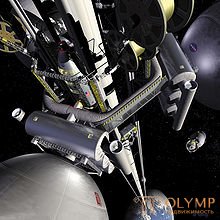
Space Elevator (Figure)
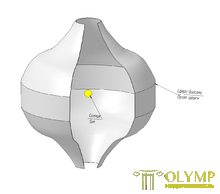
Dyson Sphere - version with equipotential surfaces
The main criterion is the physical size and / or mass and / or power accompanying the structure, according to the magnitude of which astroengineering structures should be as easily observed from interstellar distance as stars and their systems, or even from intergalactic distance using modern astronomical instruments.
So, the orbital elevator is an example of a large-scale structure, but its dimensions only slightly exceed the planetary scales, and the energy used and the total mass are not observable at interstellar distances.
Typical astroengineering can be work done on a scale of a star system. Megastructures of this type can be the Dyson Sphere, the World Ring, star machines (such as the Shkadov engine) and other artifacts created by type II and III civilizations on the Kardashev scale.
In his work from 2005, Luc Arnold proposed a method for detecting small, but still mega-facilities and artifacts along their characteristic gravitational curvature of the light path [1].
Hypotheses about the artificial origin of some space objects:
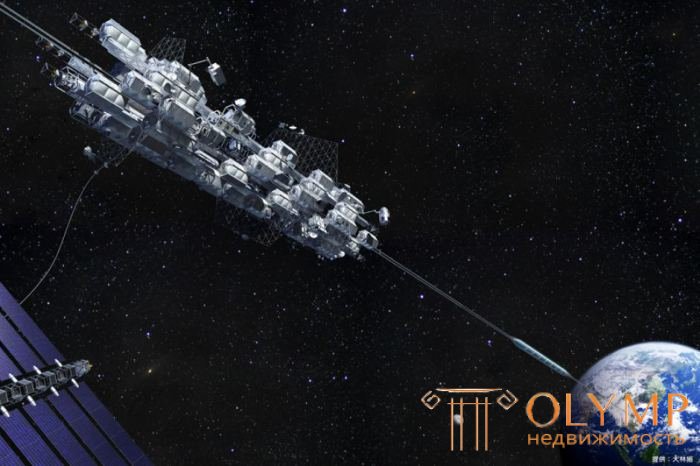

It is proposed to build a space elevator to transport material from the Earth’s surface to orbit. Many options have been proposed, but the most realistic is the one in which cargo will be put into geostationary orbit near the equator. Modern technologies do not allow to build such an elevator, but scientists assume that advanced development of carbon nanotubes will be able to withstand the load.
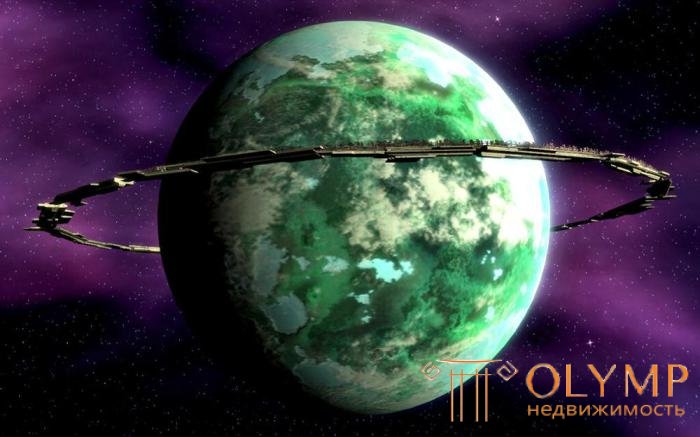
Orbital ring.
The orbital ring is, in fact, one of the types of space elevator, it is distinguished by the fact that it rotates around the Earth in orbit (the rotating cable is placed on a low earth orbit above the equator). Within this ring, it is possible to move along a cable using superconducting magnets. Also, from the orbital ring, a number of space elevators stretched to the Earth, made of cables with high tensile strength.
The structure of the halo of science fiction. +
For the first time, the colossal "Galo" structure was described in the novel by science fiction writer Larry Niven. It is a giant (from thousands to hundreds of millions of kilometers) metal rings in space. On the inside of the ring there is an atmosphere, water, plants and animals. The huge walls on the sides of the internal structure, as well as the centrifugal force arising from the rotation of the ring, will prevent the atmosphere from escaping into space. The outer surface is dotted with docking stations and windows. This assumes that part of the ring structure is hollow and is used for maintenance and power generation.
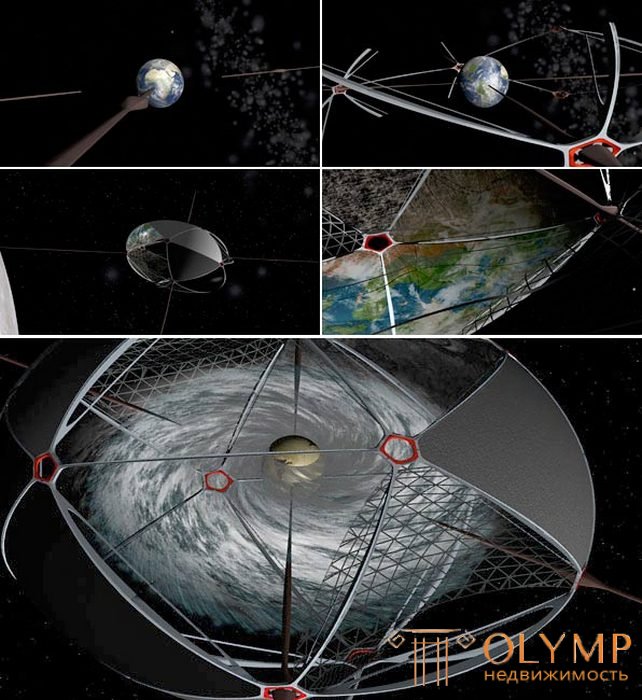
Globus Cassus - art project of the Swiss architect and futurologist Christian Waldfogel. According to this concept, it is proposed to use the entire mass of the Earth in order to build instead a giant hollow object with the ecosphere on its inner surface. As a result of this, the habitable habitable surface will increase millions of times. Sunlight will come in through two huge windows, and gravity will be created due to the centrifugal effect. The ecosphere will be limited to the equatorial zone, while tropical zones with low gravity and rarefied atmosphere will be suitable only for plantations. The polar regions will have neither gravity nor atmosphere, and therefore will be used for the storage of raw materials and production processes.
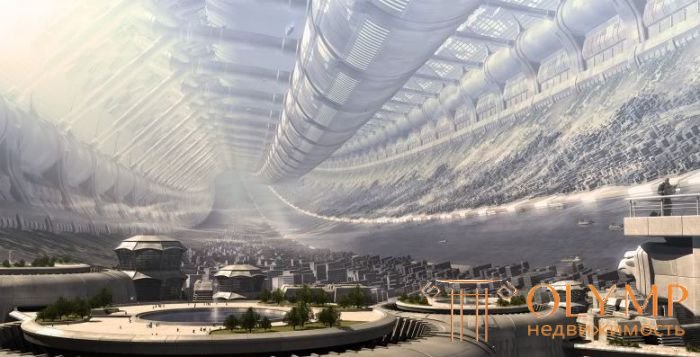
Topopolis - a huge habitable pipe. +
A topopolis is essentially a huge habitable tube that, due to rotation, has gravity on the inner surface. Such a tube-like structure can be “twisted” several times by a loop around a star in the form of a torus knot. The concept was invented by Pat Gunkel and mentioned by Larry Niven in "More Than Worlds". Topopolis is sometimes called cosmic spaghetti. The length of such habitable cylinders is hundreds of millions of kilometers, and a diameter of several kilometers.
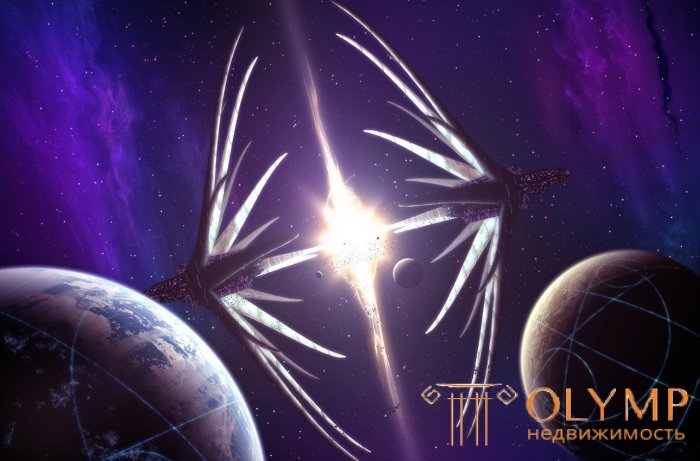
Star Engine
Star engines are a type of hypothetical megastructure that uses star radiation to generate useful energy. Some options use this energy to create thrust, accelerating the star and its entire system in a given direction.
Brain matryoshka

Dyson Sphere.
The Dyson Sphere is a hypothetical megastructure, first described by Freeman Dyson. The system of orbital solar satellites-power stations should become such a "sphere", which will completely cover the star and will catch most of the energy emitted by the star. Also, the Dyson Sphere can be a spherical giant shell that will cover the entire star and a good half of its system, and on which people can live.
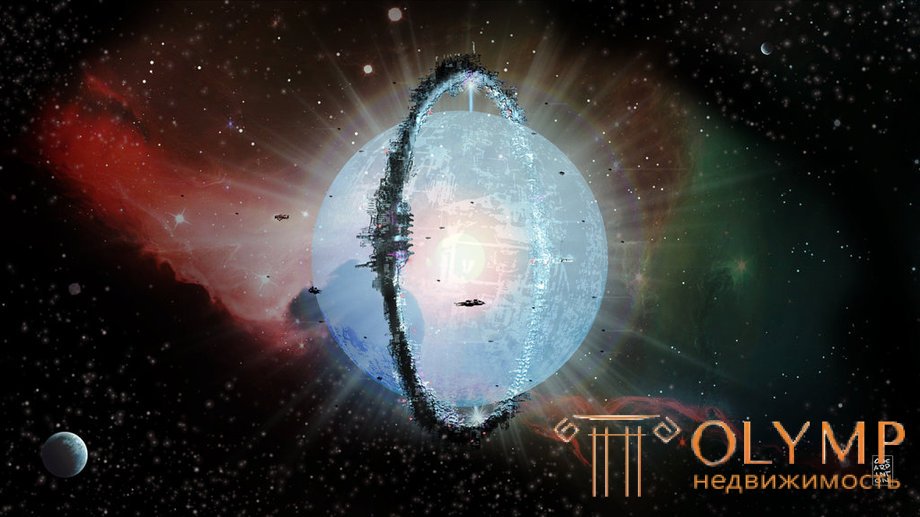
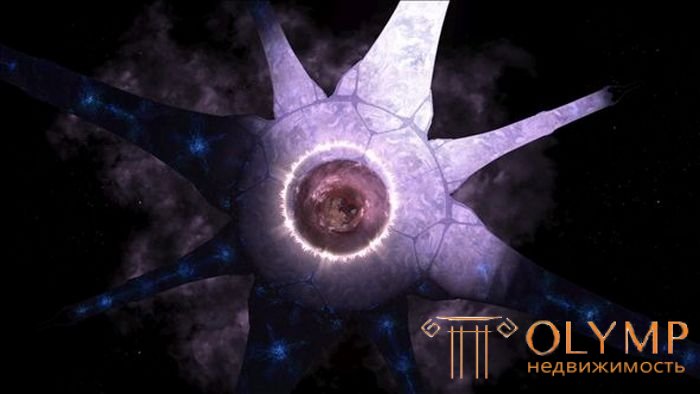
Alderson disc.
The Alderson Disc (named after its inventor, Dan Alderson) is an artificial astronomical megastructure like the Niven Ring or the Dyson Sphere. A disk several thousand kilometers thick will have a radius approximately equal to the orbit of Jupiter. The star will be in the center of this disk, and the habitable zone will be in the middle of the structure. The theoretical mass of the disk will be greater than the mass of the sun. It will not be the change of day and night, and the whole world will be immersed in the eternal twilight.
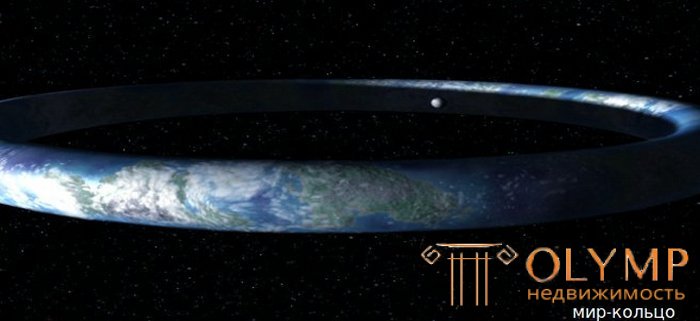
World ring.
This is an artificial ring with a radius approximately equal to the radius of the Earth's orbit. The star is located in the center of the ring, which rotates to provide artificial gravity. The mass of such a ring is estimated to be equal to the total mass of all the planets in the solar system. If such a structure is built, it will be able to provide people with a huge living surface on its inner side.
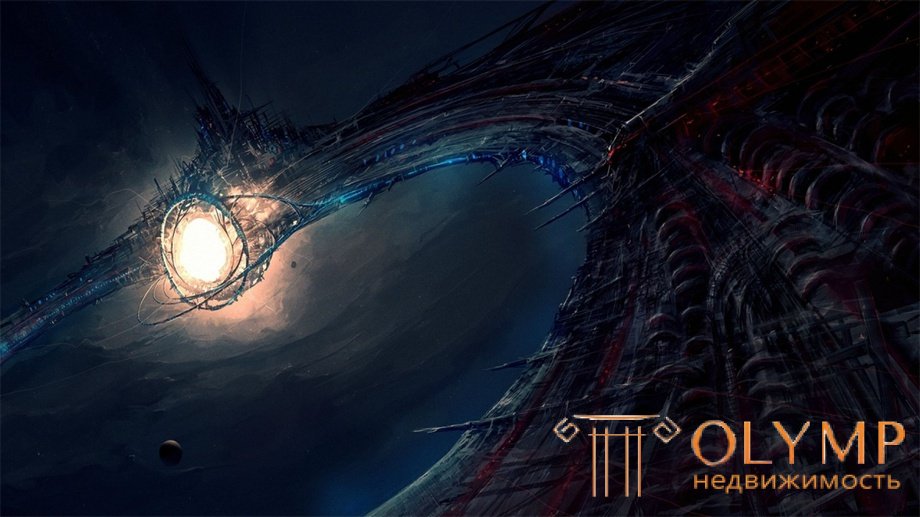
The “Shkadov Engine” is a huge solar sail that shifts the light pressure from the Sun, thereby accelerating the movement of the system and shifting it off course in the galaxy. The result, however, will be noticeable only after a billion years, and in general the escape from the Milky Way is a dubious undertaking. On the other hand, the very possibility of building such a structure is breathtaking.
Что бы оставить комментарий войдите
Комментарии (0)